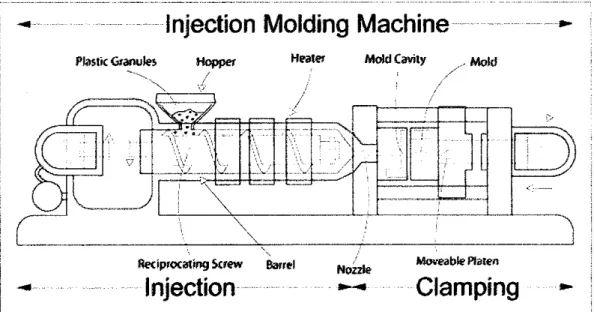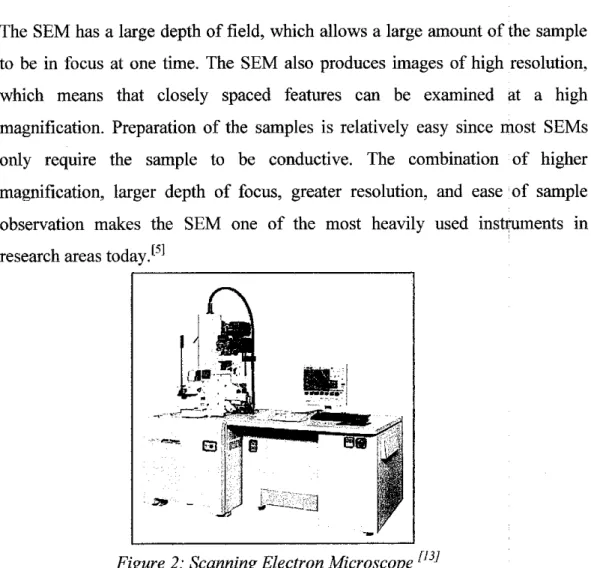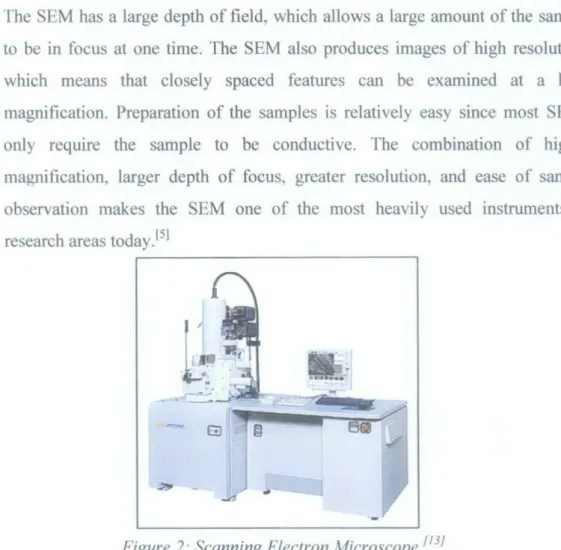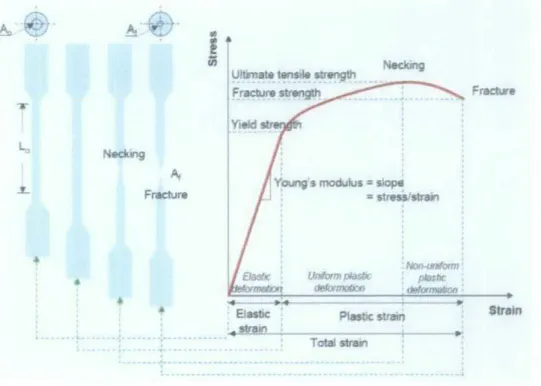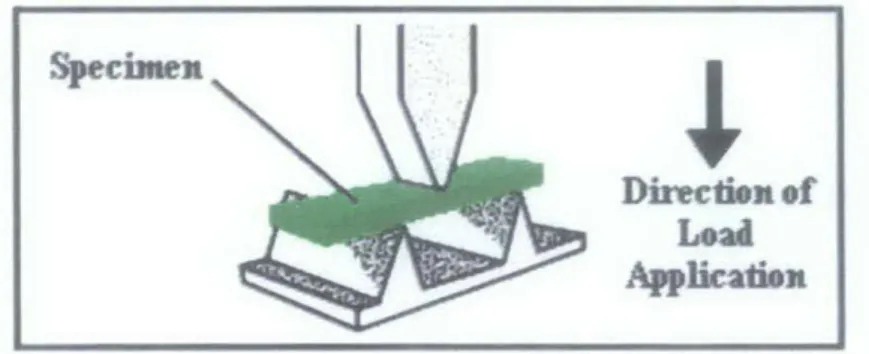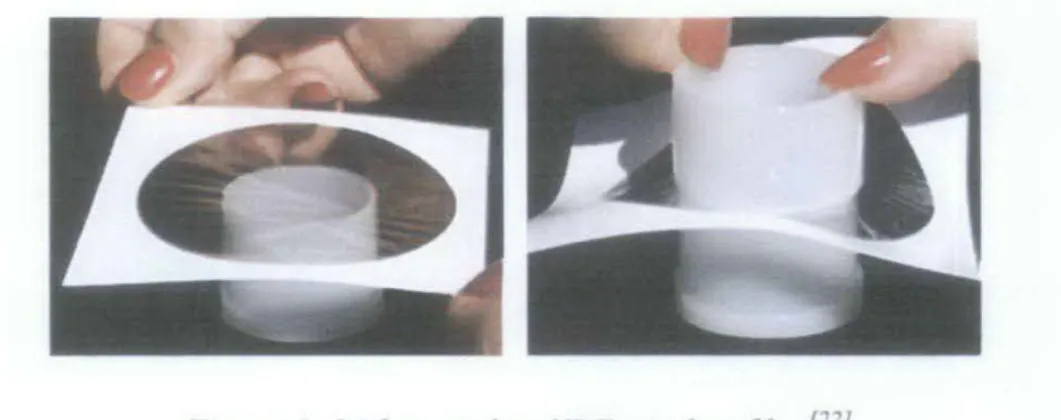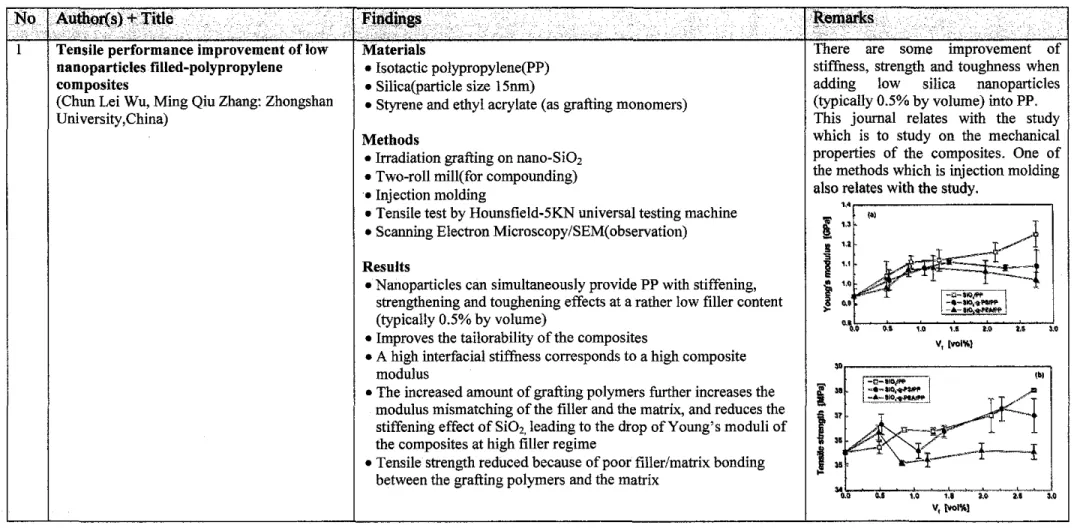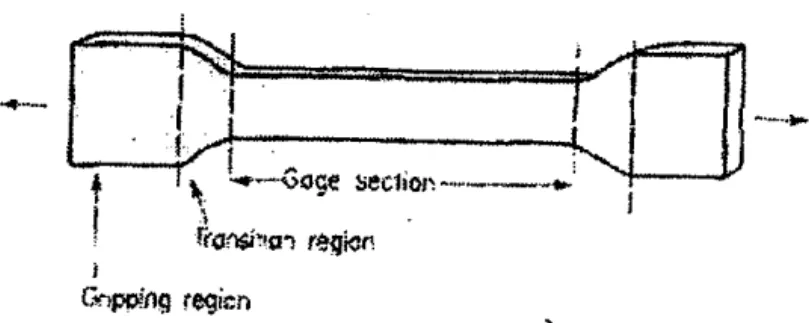It was found that the addition of nanoparticles in polypropylene will increase the effectiveness of the mechanical properties of the composites. One of the physical properties to be studied is density, and the mechanical properties are tensile strength, Young's modulus and flexural strength. To test the applicability of the study, silica sand nanoparticles with an average particle size of less than 100 nm were produced in several ball mill stages and heating combinations.
The author would like to express his deep gratitude and utmost respect to the project supervisor, AP Dr. Othman bin Mamat for his faith and strong support in guiding the author throughout the completion of the final year project as a partial fulfillment of the Bachelor of Engineering (Hans) Mechanical Engineering requirement. It should be noted that in the case of micrometer particles, a high filler content (typically higher than 20% by volume) is generally required for the positive effects of fillers mentioned above to occur [2J.
This will affect several important properties of matrix polymers such as appearance, density and process performance. Moreover, it also affects the mechanical properties of polymers, such as improving tensile strength and durability.

Injection molding
Injection molding is used to create many things, such as wire spools, packaging, bottle caps, car dashboards, bag combs and most other plastic products available today. Some advantages of injection molding are high production rates, repeatable high tolerances, the ability to use a wide range of materials, low labor costs, minimal scrap losses and little need to finish parts after casting. Some disadvantages of this process are expensive equipment investment, potentially high operating costs and the need to design moldable parts[7J.
Scanning Electron Microscope (SEM)
It is a mechanical test where a tensile force is applied to a material from both sides until the sample changes shape or breaks. It is a common and important test that provides a variety of information about the material being tested, including elongation, yield point, tensile strength, and ultimate strength of the material. By measuring the changes in the material as stress is applied, engineers can determine a number of things about the material that are useful in determining whether the material is an appropriate choice for the application they have in mind.
A stress test also uncovers the material's "yield point," which is the amount of stress that causes the sample to break or fail. This is a mechanical test where a tensile force is applied to a material from both sides until the sample changes shape or breaks. It is a common and important test that provides a variety of information about the material being tested, including the elongation, yield point, tensile strength and ultimate strength of the material.
In addition to whether a material changes shape, a tensile test will also demonstrate the "ultimate strength" of a material. The ultimate strength refers to the maximum tensile load the material can withstand. A stress test also reveals the "yield point" of the material, which is the amount of stress that causes the sample to break or fail. r141 Figure 3 shows the shape of ductile samples at different stages of testing.
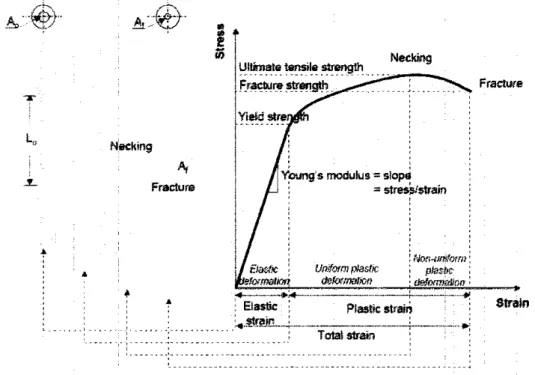
Flexural Test
Problem Statement
Significance of the Project
Tensile strength improvement of polypropylene composite materials with low content of nanoparticles. Chun Lei Wu, Ming Qiu Zhang: Zhongshan University, China). N-anoparticles can simultaneously give PP stiffening, strengthening and hardening effects at a fairly low filler content (typically 0.5% by volume). The increased amount of grafting polymers further increases the modulus mismatch of the filler and matrix and reduces the stiffening effect of SiO2, leading to the decrease of Young's moduli of the composites at high filler regime.
The tensile strength was reduced due to poor filler/matrix bonding between the graft polymers and the matrix. There are some improvements in stiffness, strength and durability when low silica nanoparticles (typically 0.5% by volume) are added to PP. This journal is related to the study which will study the mechanical properties of composites.
Materials
The research requires silica sand (SiOz) nanoparticles filled with polypropylene (PP) composite samples. The raw materials required to produce the tensile and flexural specimen are polypropylene (PP) as the polymer matrix and silica sand nanoparticle particles as reinforcement.
Tools & Equipments
Sample Preparation & Experiment .1 Required Samples
- Samples Dimension Requirements
- Preparation of Silica Sand Nanoparticles
- Granular Shape Production
- Composites Production
Silica sand will be ground into nanoparticles using ball mill machine with zirconia ball (beads) as grinding media for 6 hours (Figure 9). Based on the result shown in Figure 11, the average size for silica particles was found to be 78.82 run which qualified to be considered as SiO2 nanoparticles. The FESEM image in Figure 12 shows the morphology, size, and distribution of the Si~ sand nanoparticle.
It can be seen that some of the SiO2 particles have fused together as a result of the squeezing action of the ball milling process. The chemical composition of the silica sand was then analyzed using XRF analysis following the STG2-S4-Check measurement method. Before mixing with PP, the silica sand nanoparticles were heated at 200 oc to remove any adsorbed water for 5 h.
Then, the silica sand nanoparticles were weighed according to different mass percentages and 20 wt. %) before mixing with PP. After the mixing process, the granular form of the mixed particles was produced using a granular machine (Figure 15). The resulting particles were formed into dog-bone tensile bars {ASTM D638-97) using an injection molding machine at 215 °C.
Tensile and flexural properties of the composites were measured using Universal Tensile Testing Machine (5 KN) LLOYD Instruments, LR 5K with a cross head speed of 50 mm/min. The densities of the composite materials will be measured with a Mettler Toledo AX205 density measuring instrument. The PP matrix composites with 5, 10, 15 and 20 µl of silica sand nanoparticles will be prepared as the samples.

Project Planning
After the samples were fabricated, several tests took place to measure the mechanical and physical properties of the composites. The dog-bone shaped tensile specimens of PP-SiO2 composites were tested to obtain the tensile strength and Young's modulus. Tensile testing was performed using Universal Tensile Testing Machine (SKN) LLOYD Instruments, LR 5K (Figure 21).
According to them, it is known that the improvement of the tensile strength of composites is due to the interfacial interaction. However, the addition of other particles in PP composites does not always increase the tensile strength. Based on the obtained results, the tensile strength of PP-SiO2 composites with the addition of silica sand nanoparticles decreased and became slightly constant for different added masses of silica sand nanoparticles, as shown in Figure 23.
This was due to poor bonding at the interface between PP and silica sand nanoparticles. There is a trend of increasing Young's modulus with the addition of silica sand nanoparticles in PP composites, as shown in Figure 24. This is because the addition of silica sand nanoparticles increased the surface stiffness of the composites.
Usually, the ability of the composite interface to transfer elastic deformation depends greatly on the interfacial stiffness and static adhesion strength. A high interfacial stiffness corresponds to a high composite modulus. Since the efficiency of the interfacial tension transfer depends on the stiffness of the interphase, a higher interfacial stiffness favors an improvement of the composite modulus. The small parts of the samples were then cut out to obtain the density measurement (Figure 25).
From the graph as shown in Figure 26, an increasing trend of density was observed with the increasing content of silica sand nanoparticles in PP. This is because silica sand (SiO2) is denser than PP and causes an increase in density of PP when added as reinforcement.
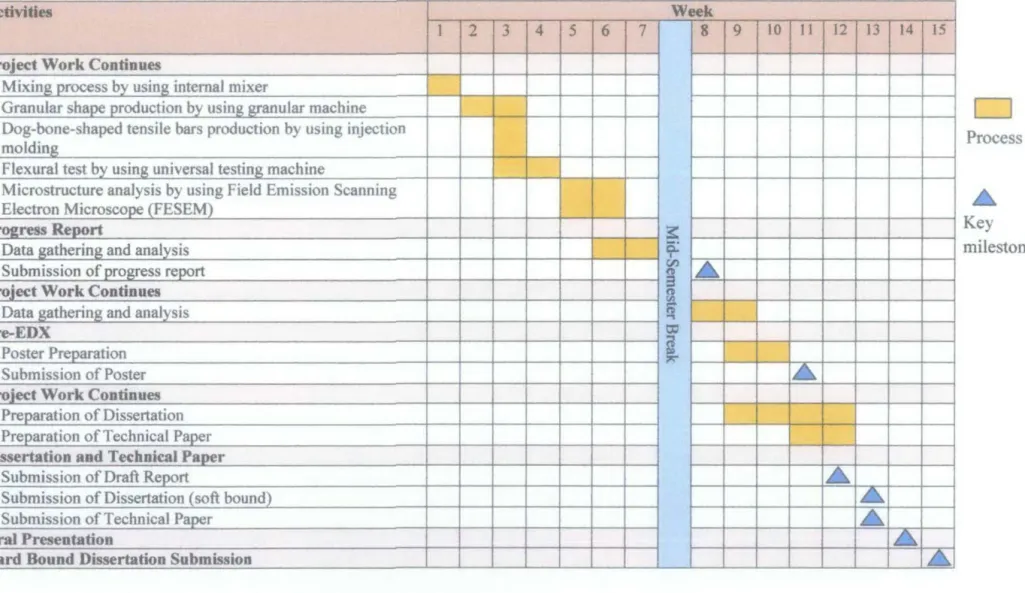
Flexural Test
Based on the graph obtained in Figure 29, the increase in weight percentage (wt%) of silica sand nanoparticles increases the flexural strength of the composite materials. I6J According to the report, the increase in bending strength is due to good adhesion between PP and silica sand nanoparticles. When the bond is strong enough, the flexural strength of particulate composites can be higher than pure PP.
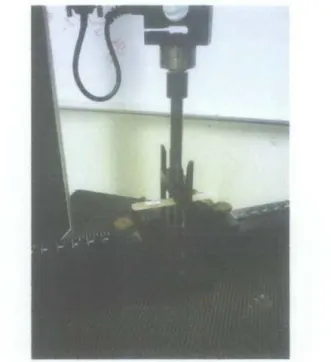
FESEM Analysis of Fracture Surface of Tensile Samples
Conclusion
Chu Lie Wu, Ming Qiu Zhang, Min Zhi Rong, Klaus Friedrich, "Improvement of Tensile Performance of Polypropylene Composites with Low Content of Nanoparticles", Composites Science and Technology. Kumar, Das, "Polypropylene-Nanosilica-Filled Composites: Effects of Epoxy-Resin-Grafted Nanosilica on Structural, Thermal, and Dynamic Mechanical Properties", Journal of Applied Polymer Science, Vol. Zhang, "Interfacial effects in nanosilica/polypropylene composites prepared by in-situ chemical blowing", Express Polymer Letters Vol.l, No.I (2007) 2-7.
Josh Klesel and Department of Materials Science and Engineering, Iowa State University, Date Accessed: 18 Aug 2010, 402 pm.
